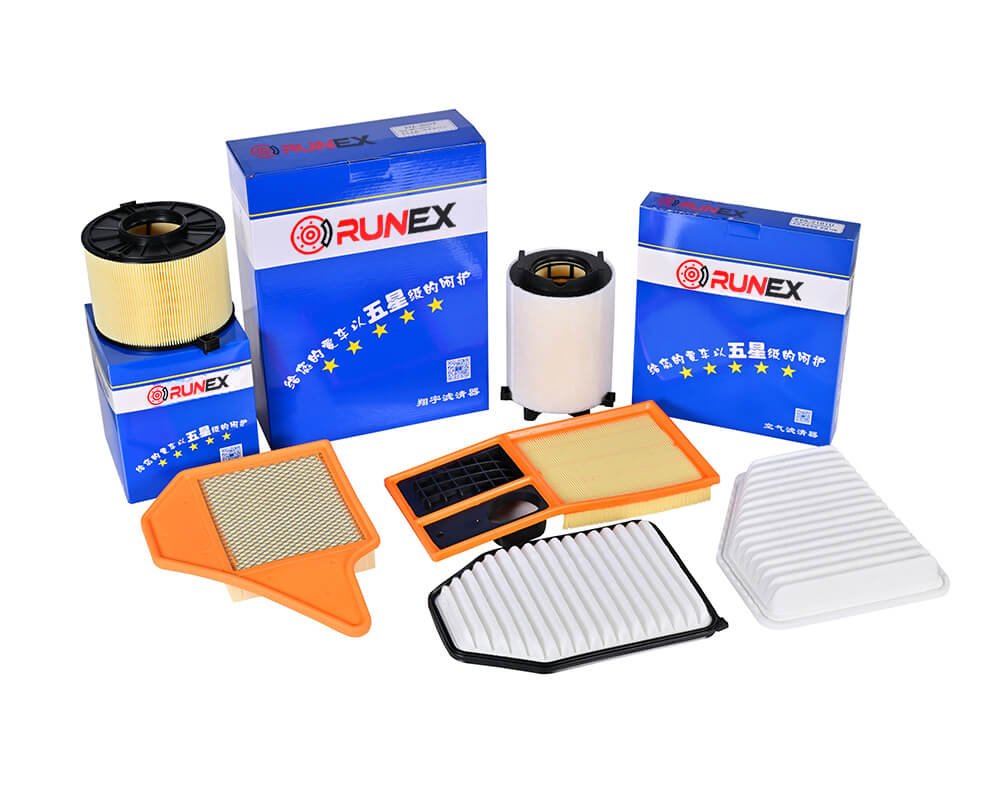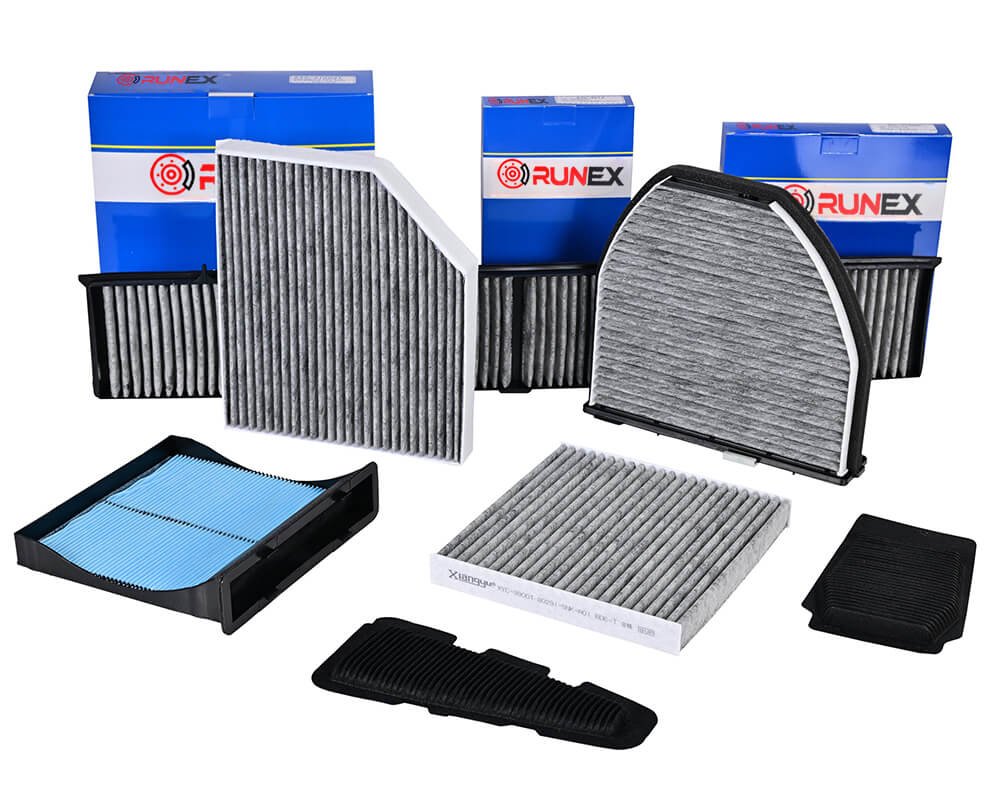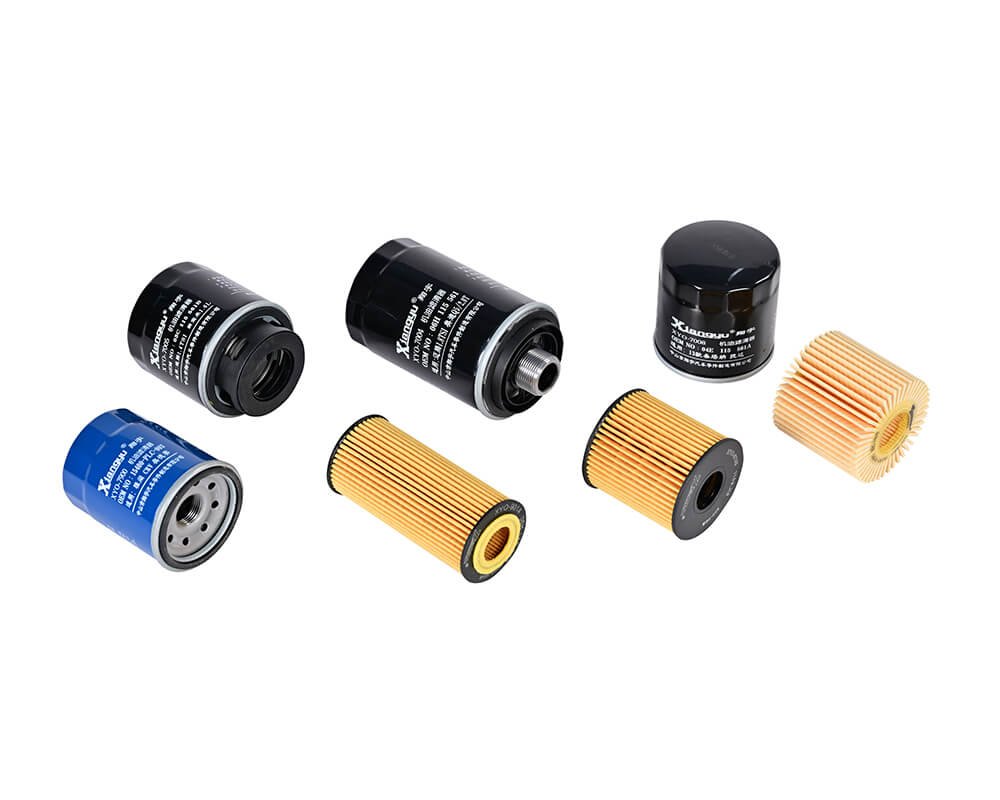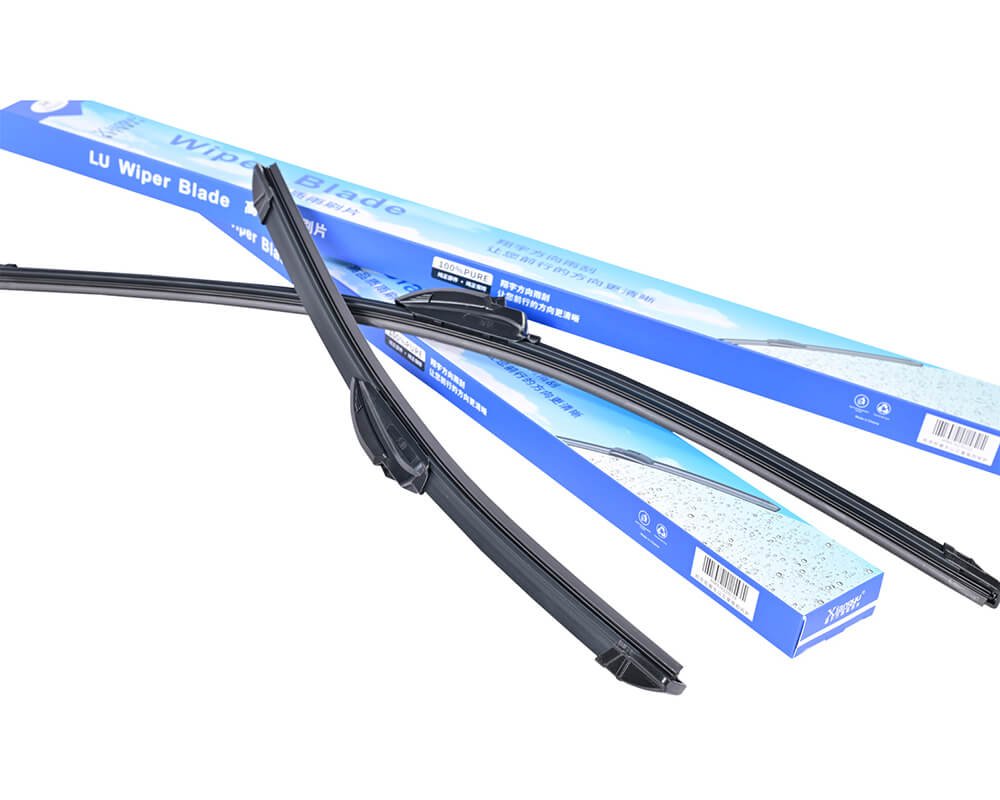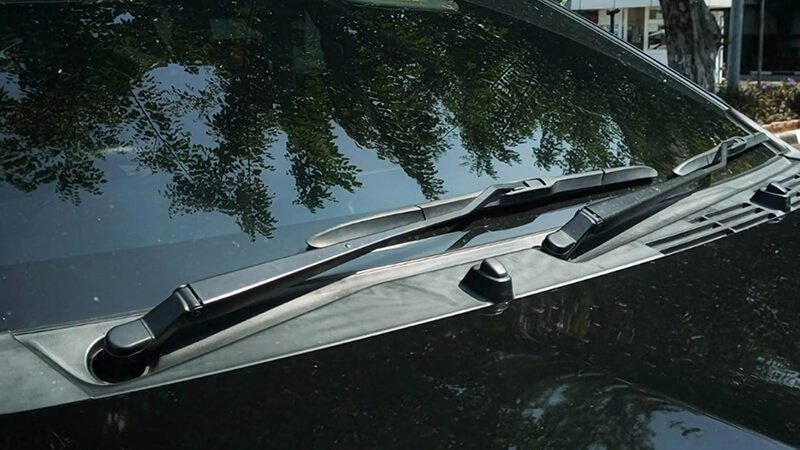Brake shoes are a critical part of your vehicle’s braking system. Knowing when to replace them can prevent costly repairs and ensure your safety on the road.
Brake shoes are essential components in drum brake systems, and replacing them at the right time helps maintain braking efficiency and vehicle safety.
Curious about the signs your brake shoes need replacing? Keep reading to understand how to spot the warning signs before it’s too late.
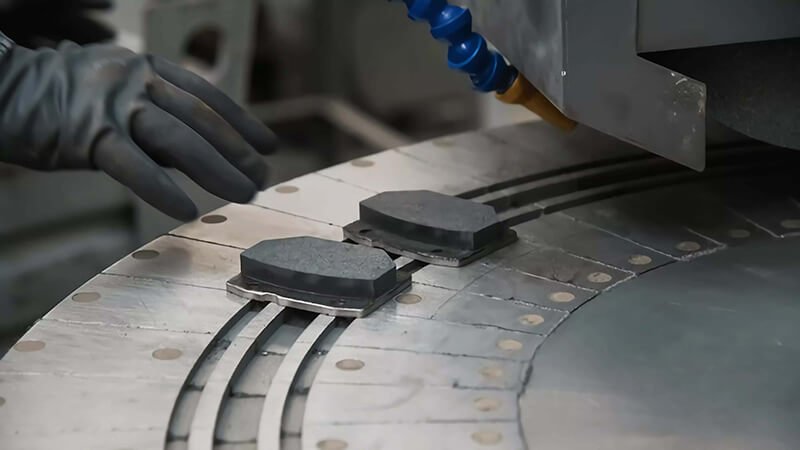
How do I know if brake shoes need replacing?
If you're noticing unusual noises or poor braking performance, your brake shoes might be worn out. Recognizing these early signs can help avoid dangerous situations.
Worn brake shoes produce squeaking or grinding noises and may cause reduced braking efficiency. Regular inspections of brake components, especially the shoes, can help you catch wear early.
-
Squeaking or Grinding Sounds: The most obvious sign that your brake shoes are nearing the end of their life is unusual sounds when braking. Squealing may indicate that the friction material is thinning, while grinding noises usually point to the metal part of the shoe coming into contact with the drum brake shoes1.
-
Longer Stopping Distances: Worn brake shoes reduce braking efficiency, meaning your vehicle will take longer to stop. If you notice it takes more time or pressure to stop, it may be time to replace them brake performance2.
-
Vibrations or Pulling: If your vehicle shakes or pulls to one side while braking, uneven wear on the brake shoes could be the cause. This problem may indicate that the shoes need attention brake maintenance3.

When should you change your brake shoes?
When should you change your brake shoes?
Brake shoes don’t last forever. Knowing the right time to change them can help you maintain optimal braking performance. Here’s when you should consider replacing them.
The timing for brake shoe replacement depends on usage, driving conditions, and vehicle type. Typically, brake shoes should be replaced between 30,000 to 70,000 miles brake shoe replacement interval4.
-
Every 30,000 to 70,000 Miles: On average, brake shoes need replacing every 30,000 to 70,000 miles. However, this range can vary significantly based on driving habits. Frequent city driving with stop-and-go traffic may cause more rapid wear, while highway driving may extend their life driving habits5.
-
When You Notice Performance Issues: As mentioned, reduced braking efficiency, vibrations, or strange noises are key indicators. If you notice any of these signs, it's time to have your brake shoes inspected, even if you haven't reached the typical mileage range brake performance issues6.
-
Routine Inspections: Regularly inspecting your brakes—especially if you notice any performance issues—can help determine when to replace your brake shoes. During routine maintenance, ask your mechanic to check the thickness of your brake shoes and drums.

How many kilometers do brake shoes last?
Brake shoes wear down over time, and the distance they last depends on several factors. Let’s take a closer look at the average lifespan in kilometers and factors that influence wear.
Brake shoes typically last between 48,000 to 112,000 kilometers, but this can vary based on driving conditions and maintenance brake shoes lifespan7.
-
Average Lifespan: Brake shoes generally last between 48,000 and 112,000 kilometers. However, this can vary significantly depending on the driving environment. For example, frequent driving on mountainous roads or in heavy traffic can reduce their lifespan driving environment impact8.
-
Driving Conditions Matter: The way you drive also plays a big role in how quickly your brake shoes wear out. Aggressive driving habits like hard braking and high-speed driving can cause premature wear, while gentle driving tends to extend brake life driving habits and brake wear9.
-
Brake Drum Condition: If the brake drum is worn or scored, it can accelerate brake shoe wear. Regularly having the brake drums checked can prevent this and help your brake shoes last longer.
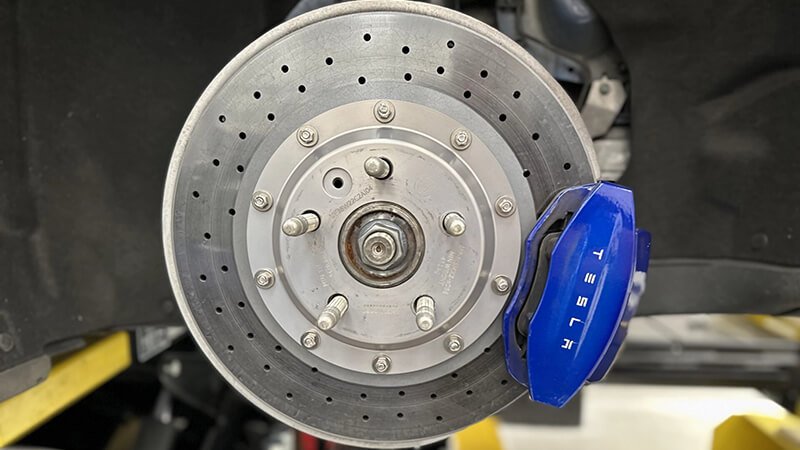
How do I know if my brake shoes are low?
Brake shoes don't give you an obvious warning when they are low, but there are several signs to look for to ensure they aren’t worn down too far.
Pay attention to the performance of your brakes and the condition of the brake shoes to avoid running them down to dangerous levels brake shoes condition10.
-
Visual Inspection: One of the most effective ways to determine the wear on your brake shoes is through a visual inspection. When the friction material gets too thin, the shoes should be replaced. Some vehicles even have wear indicators to help you assess the thickness brake shoe wear indicators11.
-
Noise and Vibration: As your brake shoes wear down, you may hear squealing or experience vibrations. These are usually early indicators that the shoes are getting low and should be replaced soon brake shoe noise and vibrations12.
-
Feeling the Brake Pedal: If the brake pedal feels unusually soft or spongy, it could indicate that your brake shoes are too thin, and their effectiveness is compromised. This issue should be addressed immediately spongy brake pedal13.

Conclusion
Brake shoes are an essential safety feature in any vehicle with drum brakes. Keeping an eye out for warning signs like unusual noises, reduced braking performance, and vibrations can help you replace them at the right time. On average, brake shoes need replacing every 30,000 to 70,000 miles (48,000 to 112,000 kilometers), but this can vary depending on driving conditions. Regular inspections and timely replacements can ensure that your vehicle’s braking system remains effective and safe.
Contact us if you have any needs about brake pads.

-
Learn about brake shoes and their role in vehicle braking performance. ↩
-
Understand the safety risks of worn brake shoes and their impact on braking distance. ↩
-
Get guidance on how to inspect brake components and avoid costly repairs. ↩
-
Find out the average time for brake shoe replacement and factors affecting it. ↩
-
Learn how driving habits affect the wear and tear of brake shoes. ↩
-
Understand the signs of brake performance issues and when to replace brake shoes. ↩
-
Discover the typical lifespan of brake shoes and factors that influence it. ↩
-
Understand how different driving environments impact brake shoe longevity. ↩
-
Learn how aggressive vs. gentle driving affects brake shoe wear. ↩
-
Learn how to inspect brake shoes to ensure they aren't worn down to dangerous levels. ↩
-
Discover how brake shoe wear indicators can help assess the thickness and condition of your shoes. ↩
-
Understand the causes of squealing or vibrations and how they relate to brake shoe wear. ↩
-
Get insights into what a spongy brake pedal means for your brake shoes' condition. ↩



